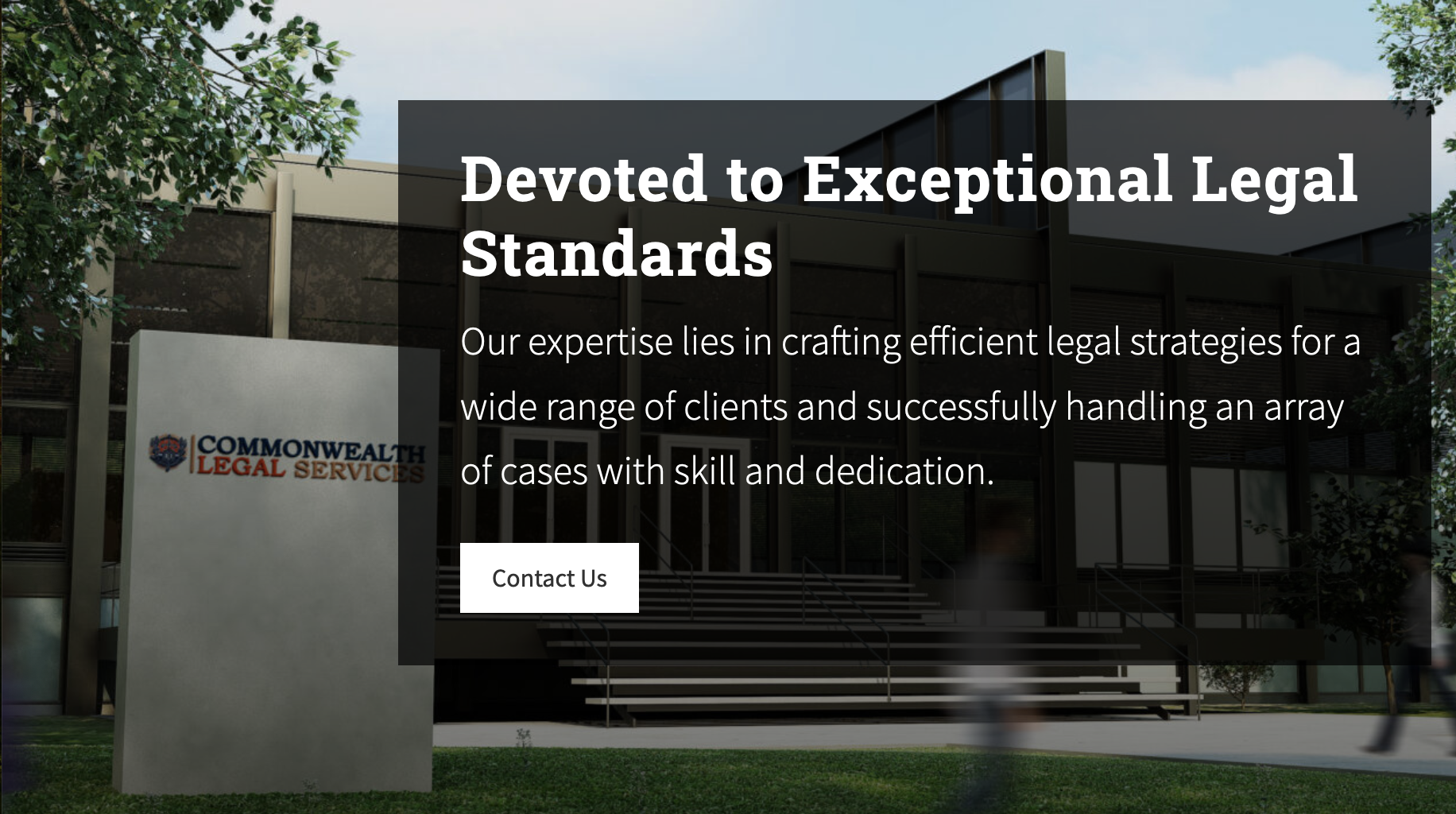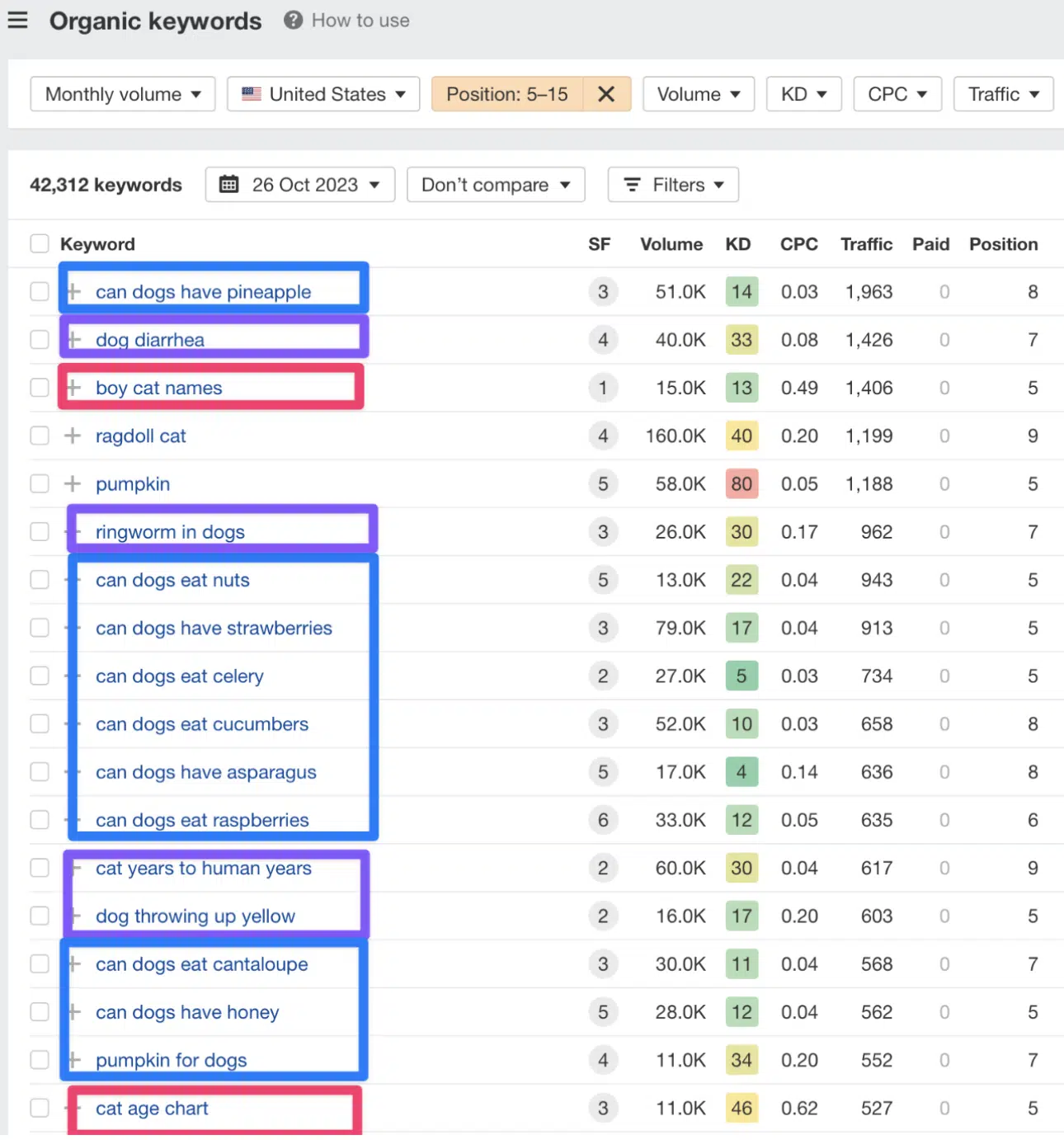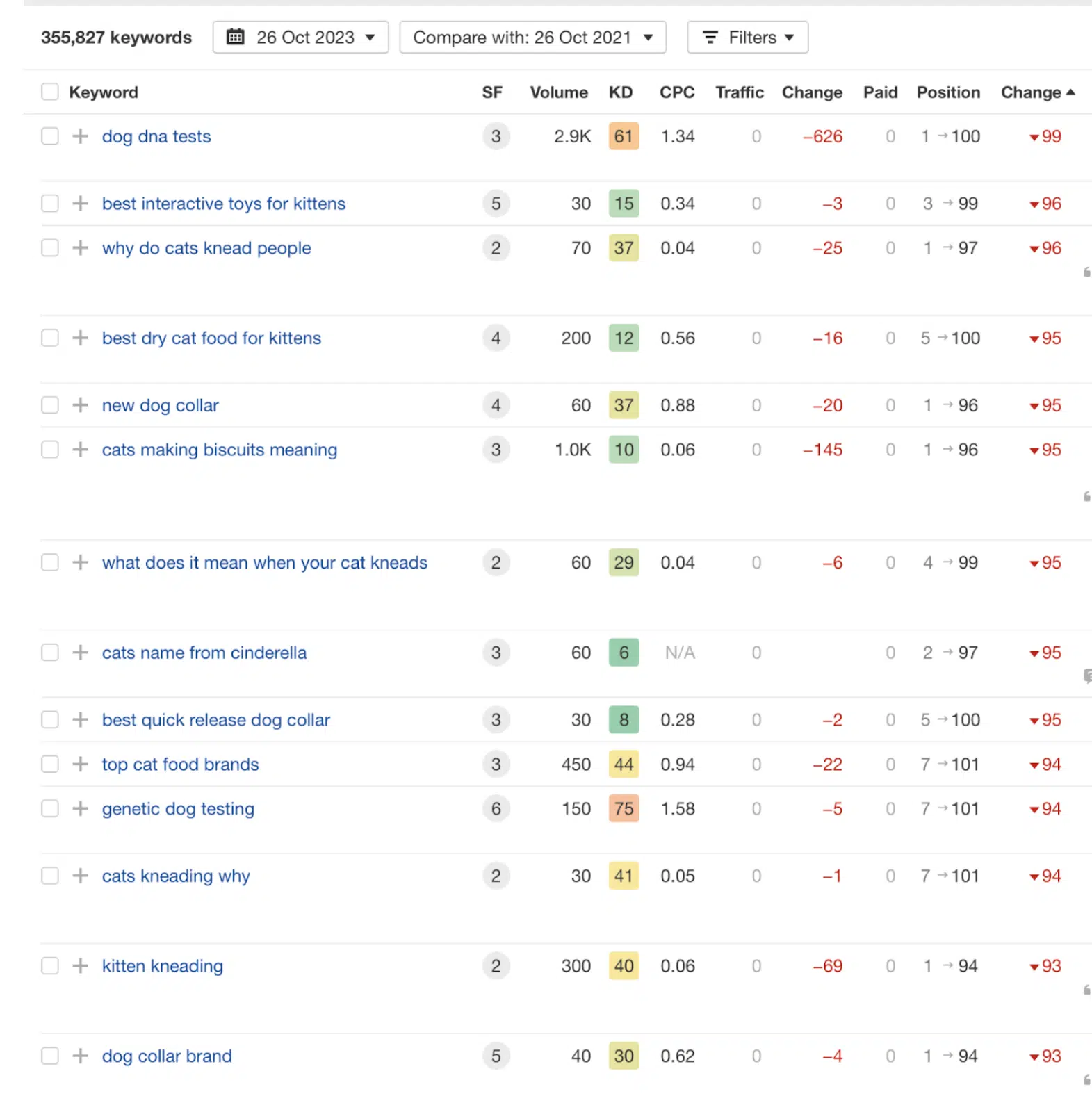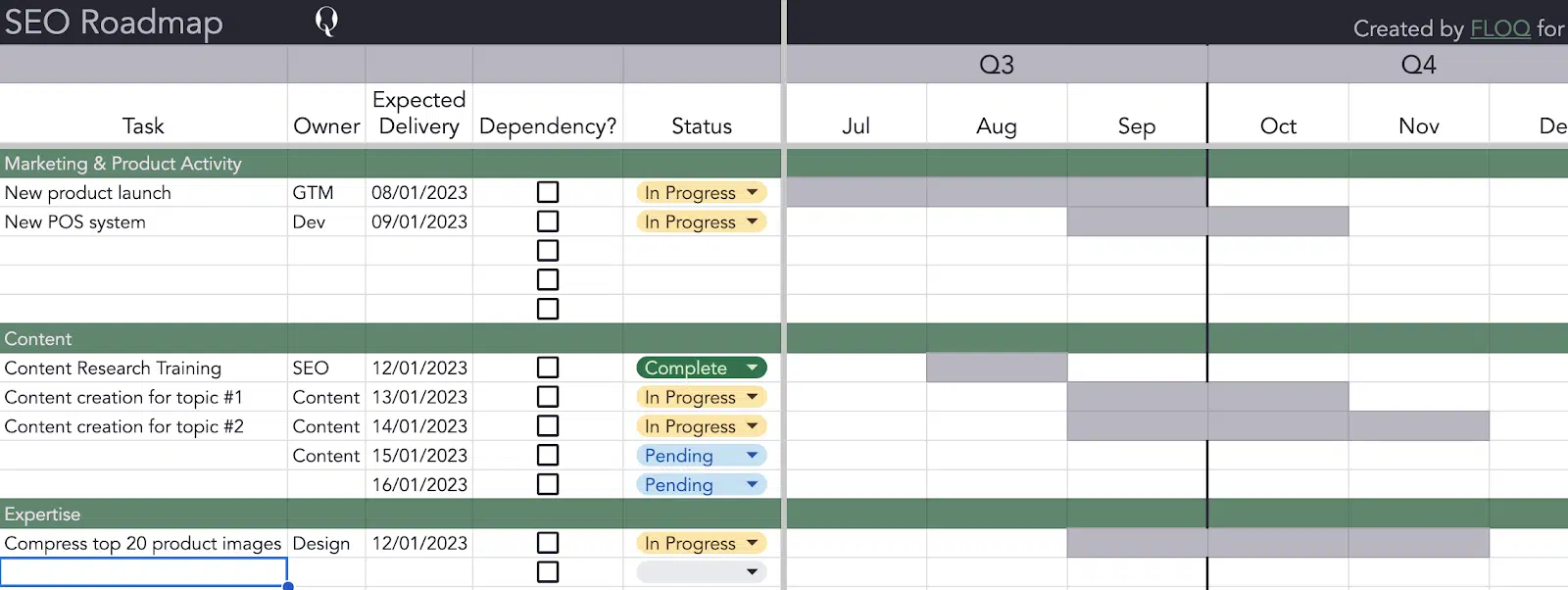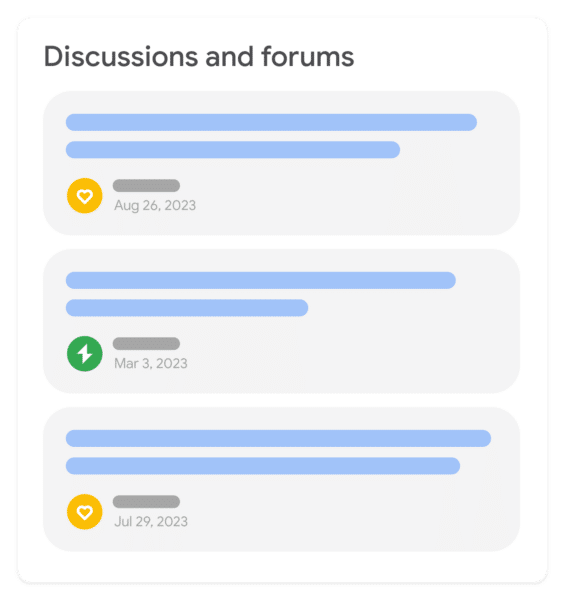Opinions expressed by Entrepreneur contributors are their own.
Climbing the Search Engine Results Page ranking requires sophisticated SEO practices, including link building — the process of acquiring inbound links or attracting other websites to link to your content. If done right, it is a powerful growth strategy that can propel web pages’ visibility and authority.
When sites link to your content, they direct traffic your way, which is, of course, essential for discoverability and exposure, especially if a site is newly made. Perhaps even more importantly, backlinks’ quality and quantity are among Google’s most important ranking factors, as well as determinants of a site’s domain authority. Put simply, a site will never perform well SEO-wise unless its’ managers strive for successful link-building.
Here are some effective techniques that will juice that vital task.
1. Pitch to relevant and authoritative websites
Outreach, or requesting website owners (in your niche or industry) to link to your website, is one of the foremost link-building tactics. To be effective, it’s important to craft a compelling and convincing pitch, one that includes how useful, in-depth and unique your content is—both relevant and informative, and not something that can be easily produced by a novice blog writer.
As much as possible, make your outreach personalized yet professional, and avoid using templates. This helps to effectively convey a desire to improve not only your link profile but also the value you’re providing to site visitors.
Email is usually the go-to outreach channel for link building, but you can also consider social media platforms, especially if the recipient is active on these channels.
Related: 2 Things You Need to Convince Google You’re an Expert In Your Niche And Drive Traffic
2. Broken link building
Many websites have external “broken” or “dead” links that direct users to inaccessible or non-existent pages. Such links can harm a site’s UX and SEO performance, and website owners are typically on the lookout for ways of addressing them.
Via broken link building, you can reach out to websites in the hope that they will consider your content as a “replacement” for their dead links. This is similar to the above outreach technique (except that your request centers on providing an alternative external link), so the same tips apply — including highlighting new content’s originality, accuracy and helpfulness.
3. Produce ‘link-worthy’ content
An organic way to boost your inbound links is to create quality content. When other websites deem yours helpful, factual and original, they are more likely to link to associated pages, even without you reaching out to them. So, what makes content link-worthy? Value. If writers, bloggers and journalists see worthwhile information or opinions in content, they’ll likely include its’ links in their work.
Examples of such content:
• Step-by-step guides: In-depth instructional primers (with illustrations or videos) that solve problems with specific and valuable takeaways.
• Professional interviews: Acquired opinions from industry leaders can provide credible material worth referencing.
• Data analysis: Extracting insights from data using statistical tools—potentially valuable for other content creators.
• Polls: In-the-moment analysis: a finger on the public pulse regarding an issue.
• Case studies: Accounts of real experiences—whether from individuals or organizations—which can provide a nuanced analysis of various problems/situations.
• Research studies: This can be an original experimental or descriptive research that aims to generate new findings about a subject.
• Visual content: Including graphs, charts, infographics and images.
• Online resources and tools: Digital tools that people can use to more easily perform tasks. For example, a website’s tax calculator can be used as an inbound link by content that discusses tax preparations.
Related: The Step-by-Step Guide to Creating and Publishing Quality Content
4. Benchmarking competitors’ links
To see how you can improve your link profile, compare it to others in your sector. Check out their pages, see which ones generate the most backlinks, then make a guess as to why. (For example, a competitor might perform well because of well-structured how-to guides or data-driven insight posts.)
Moreover, “glimpsing” at competitors’ link profiles will likely present potential link sources relevant to your content. You might discover websites, blogs or directories interested in linking to content like yours, and you can then approach them.
5. Guest blogging
This process involves sharing content for other websites in the hope of getting links back to your site and offers a number of benefits. First, guest blogging reliably results in both audience and traffic growth. Second, it’s a cost-effective link-building solution. As you write guest blogs, include links within the copy that point to your own content — easy and without any monetary cost.
Be strategic, however, when choosing sites to approach; they must be credible and have high domain authority to ensure that your site will actually benefit.
Related: 4 Ways Guest Blogging Grows Your Blog Audience Quickly
6. Look for unlinked mentions
Other websites might mention your website or digital business without linking to it. While this potentially improves your exposure, it’s additionally beneficial to request actual backlinks from site owners.
7. Apply the “skyscraper technique”
This term and strategy refer to outperforming widely linked competitor content by producing a more comprehensive and valuable alternative. Once you have published your improved version, approach websites that link to your competitor’s content and request that they link to your enhanced version instead.
Managed effectively, the result will be not just new inbound links but also nabbing traffic from competitors as you climb the search results. To make this technique work, however, it’s important to thoroughly assess how to noticeably surpass the quality of a competitor’s content—perhaps by having a more authoritative author, updating facts and data, adding new viewpoints or insights, incorporating visual elements and/or making the entirety simply easier to read.
Related: 5 Ways to Steal Your Competitor’s Web Traffic
Successful link-building involves smart outreach to relevant websites, production of link-magnet content, assessing competitors’ link profiles and other tactics. All will fuel the objective of improving website user experience and offering real value to readers. Once achieved, you’ll have a robust link profile that propels SEO success.
https://www.entrepreneur.com/starting-a-business/7-techniques-for-successful-website-link-building/470502



